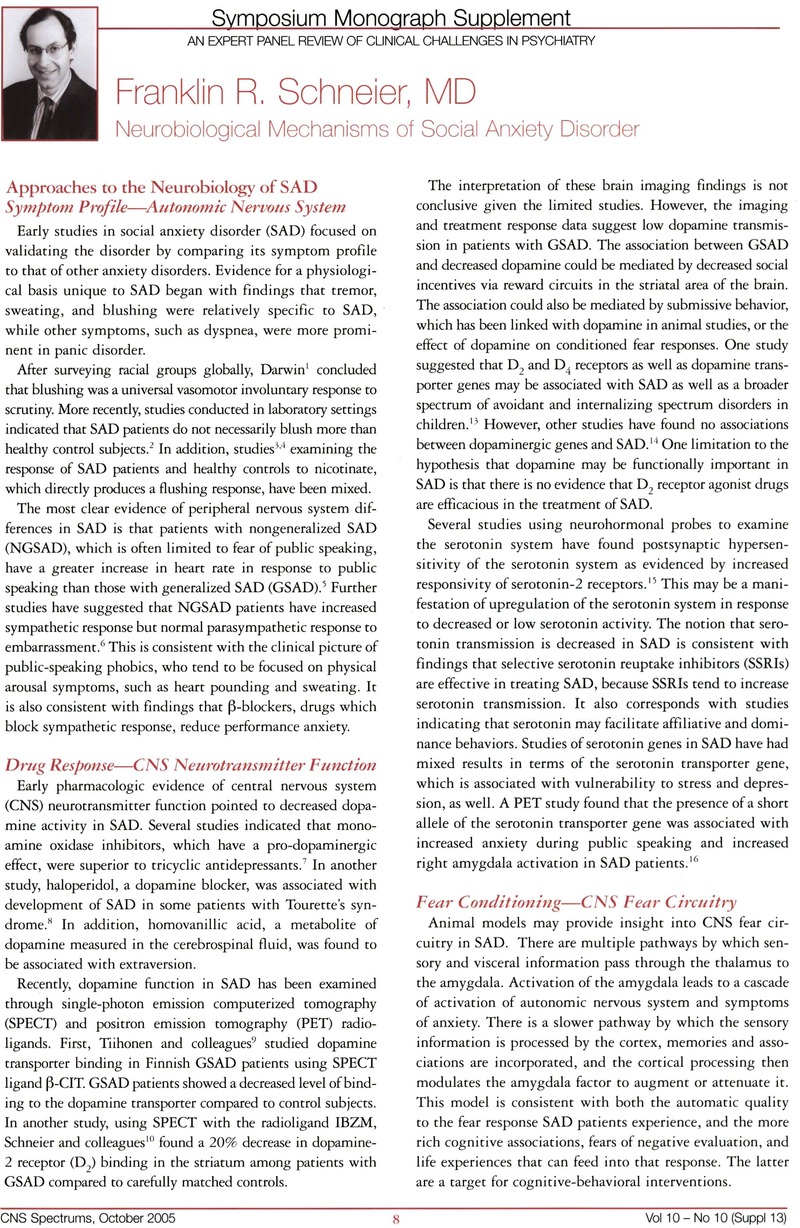Crossref Citations
This article has been cited by the following publications. This list is generated based on data provided by Crossref.
Tyson, Katherine E.
and
Cruess, Dean G.
2012.
Differentiating High-Functioning Autism and Social Phobia.
Journal of Autism and Developmental Disorders,
Vol. 42,
Issue. 7,
p.
1477.
Yin, Qianlan
Dong, Wei
Chen, Aibin
Song, Xiangrui
Hou, Tianya
Cai, Wenpeng
and
Deng, Guanghui
2020.
The influence of social anxiety on interpersonal information processing in a military-life environment.
Medicine,
Vol. 99,
Issue. 47,
p.
e23340.



